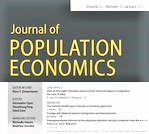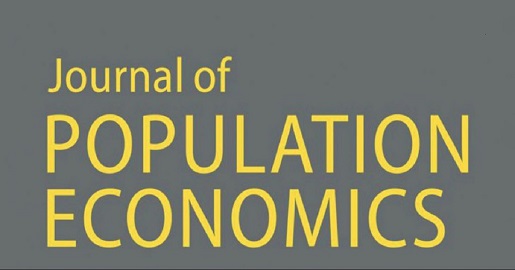A new paper published online in the Journal of Population Economics is studying Russian immigrants in the early twentieth century USA to find high degrees of occupational segregation.
The Global Labor Organization (GLO) is an independent, non-partisan and non-governmental organization that functions as an international network and virtual platform to stimulate global research, debate and collaboration.

Identifying ethnic occupational segregation
by Dafeng Xu & Yuxin Zhang
Published ONLINE 2020: Journal of Population Economics, scheduled for 2021. Free Readlink: https://rdcu.be/ccPoZ
GLO Fellows Dafeng Xu & Yuxin Zhang
Author Abstract: Many studies consider occupational segregation among the immigrant population from a given birth country as a whole. This ignores potential ethnic heterogeneity within an immigrant population and may underestimate occupational segregation. We focus on Russian immigrants in the early twentieth century USA—then a major immigrant population with a high degree of ethnic diversity, including Russian, Jewish, German, and Polish ethnics—and study occupational segregation by ethnicity. We apply a machine learning ethnicity classification approach to 1930 US census data based on name and mother tongue. Using the constructed ethnicity variable, we show high degrees of occupational segregation by ethnicity within the Russian-born immigrant population in the USA. For example, Jews, German ethnics, and Polish ethnics were concentrated in trade, agriculture, and manufacturing, respectively. We also find evidence that Russian-born immigrants’ labor market outcomes were associated with networks measured by the spatial concentration of co-ethnics—particularly more established ones—but not by the concentrations of other ethnic groups.
Access to the recently published Volume 34, Issue 1, January 2021.
LEAD ARTICLE OF ISSUE 1, 2021:
Štěpán Jurajda & Dejan Kovač: Names and behavior in a war — READLINK: https://rdcu.be/b9xkX
Ends;

